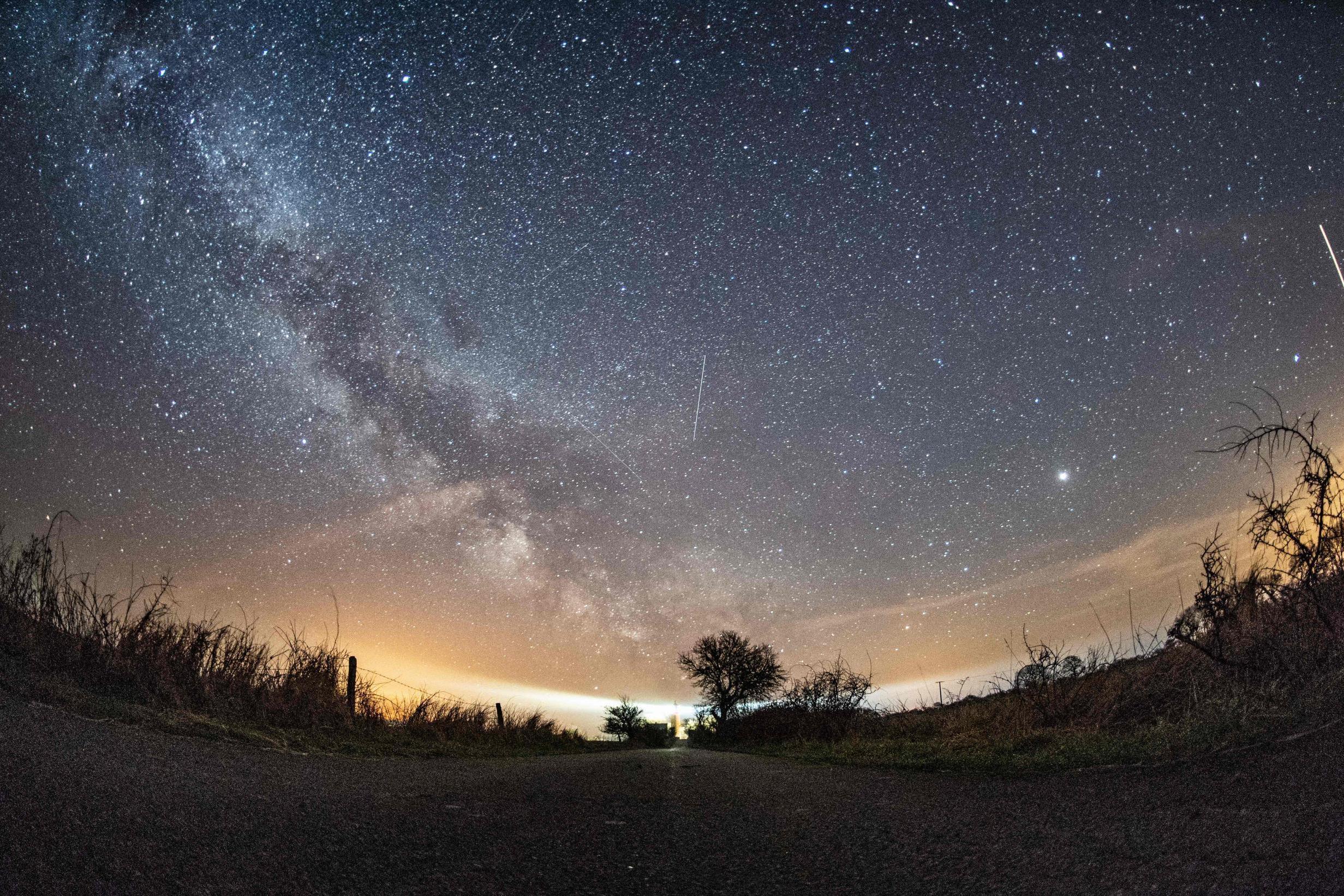This website uses cookies so that we can provide you with the best user experience possible. Cookie information is stored in your browser and performs functions such as recognising you when you return to our website and helping our team to understand which sections of the website you find most interesting and useful.

For those enamoured by the night sky, and all its celestial occurrences, April offers the perfect opportunity to see impressive skies.
This week, stargazers should make their way outside to see the annual Lyrid meteor shower, as it's set to peak on 21 to 22 April.
The shower, which occurs annually from 16-30 April, marks the first meteor shower since January, with the coinciding new moon expected to make this year’s especially vibrant.
This is what you need to know about catching the Lyrid meteor shower.
When will the meteor shower be at its peak and where in the night sky should you look?
According to Space.com, the meteors will be at their peak on the night of Tuesday, 21 April into Wednesday, 22 April.
During this time, there will be as many as 10 to 20 meteors visible each hour under clear skies.
One of the best parts of this annual space phenomenon is the ease with which you can view the meteors - as they will be visible across the night sky.
To increase your chances of spotting a shooting star, you should look towards the east-northeast direction, as the meteors will emanate from the constellation Lyra, near its brightest star, Vega.
What causes the Lyrids?
The Lydrids are “particles shed from comet 1861 G1 Thatcher, which last passed through the inner solar system in 1861,” according to the American Meteor Society. However, the Lyrid meteor shower has been around much longer than that, with reports of the phenomenon traced back 2,700 years ago.
Compared to other meteor showers, the Lyrids “tend to produce bright meteors and an occasional fireball”.
Do you need anything to view the space phenomenon?
Because this year’s shower coincides with a new moon, experts predict that the shooting stars will be viewable without a telescope - which means all you’ll need to do is to go outside and look up at the night sky.
For the best opportunity to see the shower, the American Meteor Society recommends watching from the window of midnight to the hour before dawn and “watching for at least an hour” as it “guarantees you will get to see the best this display has to offer”.
Viewing in a location unobstructed by city lights is also helpful.



 Africana55 Radio
Africana55 Radio 

